By Thierry Pouille
First published in Flight Levels Online, Spring 2014 issue
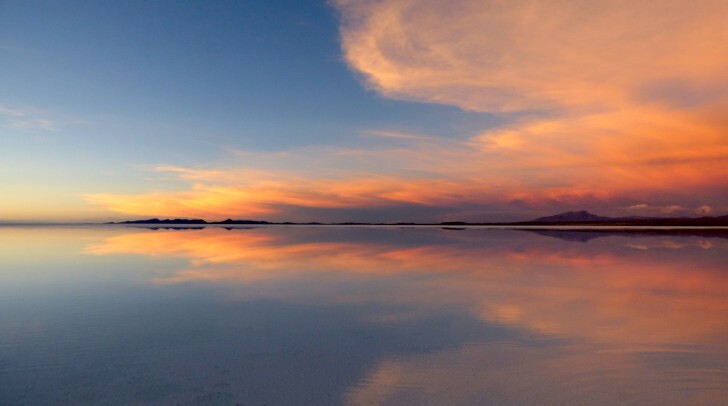
Another in a series of Twin Commander adventure travel destinations, written by the founder of Air Journey (www.airjourney.com).
I was first drawn to Uyuni in Bolivia by a British Airways advertisement, followed a few months later by something similar from Air France. This looked like the end of the world –– something absolutely amazing and difficult to reach.
Uyuni is home to the salt flats of Bolivia, which are located in the middle of the country in the Altiplano. The local name is Salar de Uyuni. They are a rather large mass –– at 4,086 square miles, the world’s largest salt flats. The elevation is about 12,000 feet above sea level.
In early March of this year I launched a journey with other airplanes to go and visit this unique place. As I mentioned, it’s on the Altiplano. It’s also a major breeding ground for pink flamingos, and in a rather unique climate zone –– it’s a very dry place, bordered on the west by Chile and the Atacama Desert.
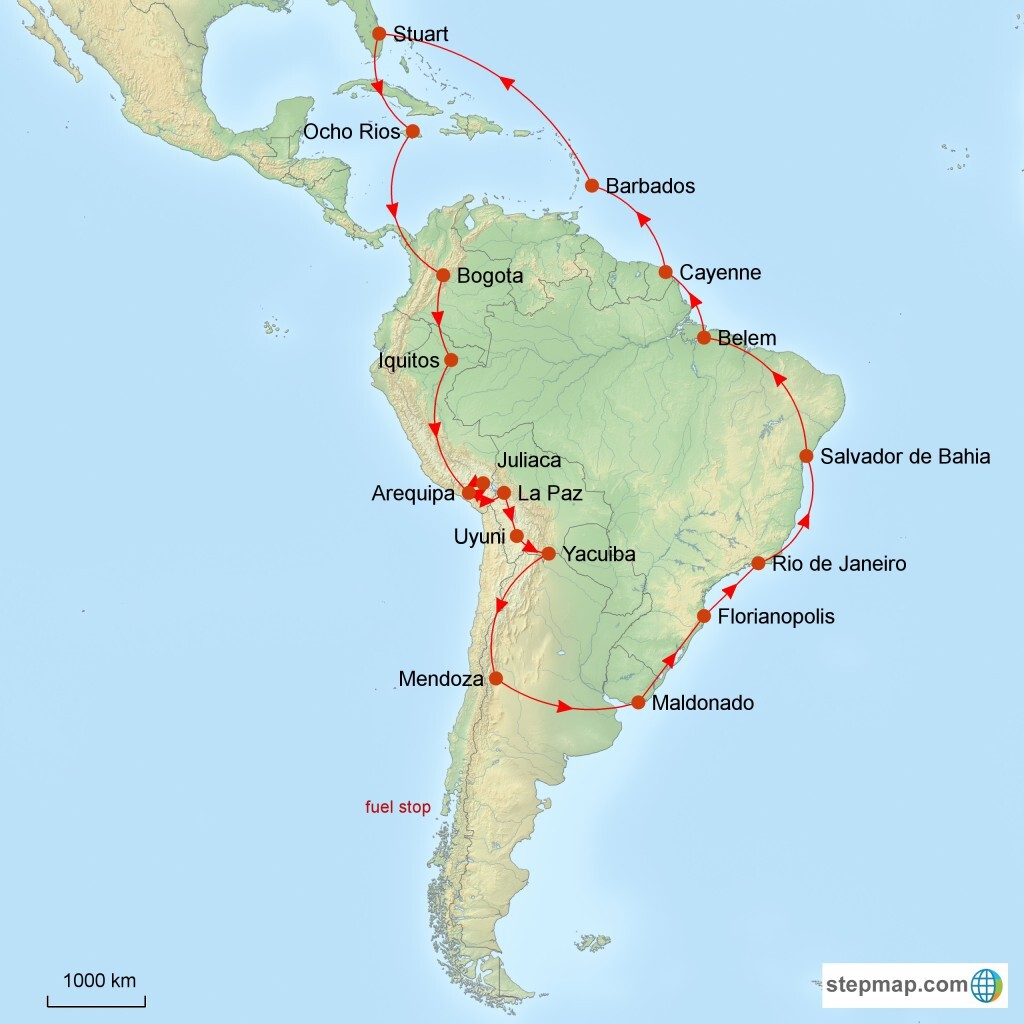
How did we get there? We took a straight line south, from Florida to Jamaica; then on to Bogota; then Iquitos, Peru, and the Amazon followed by Arequipa, also in Peru; then to La Paz to refuel and, finally, Uyuni, which at this time does not have fuel or customs facilities. That will change in the months to come since Uyuni is becoming a prime destination for explorers from around the world.
It takes some planning before taking off from these high-elevation airports –– La Paz is at 13,300 feet MSL. Regardless of what you are flying, your engine will not deliver the same power as at sea level. Temperature also will impact performance, including second-stage climb.
After researching all of this information for my airplane, I decided to fly light and leave early in the morning to take advantage of the lower temperature. Everything worked as planned. The main differences are that you nearly triple your ground roll and the initial climb is pretty weak.
Flying down to Uyuni requires overflight and landing permission for places such as Colombia, Peru and, of course, Bolivia.
Peru is the most expensive place in South America for everything related to handling, parking, and authorization. Expect to pay about $1,200 to $1,500 per stop. Our average on the trip was about $700 for each landing, and the average cost of fuel was $4.63 per gallon. So, compared to the U.S., the fuel was less expensive but the fees more than made up for it.
English is widely understood and spoken, but you don’t have a flightplan.com-style online service for filing or the same level of weather reporting and forecasting as in the U.S., except for the usual airport TAFs and METARs.
We uploaded all of the applicable Jepp charts on the G1000 as well as the backup on the iPad. HF radio is not required. Communication along the route of flight was excellent.
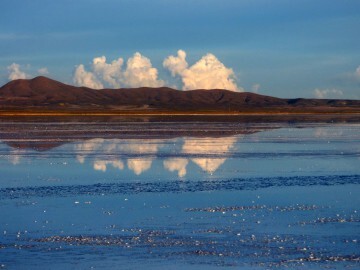
The Uyuni airport was built in 2011, and boasts a GPS approach and a smooth, more-than 13,000-foot-long runway. There is no surrounding terrain with the exception of a couple of hills in the southeast part. Visibility is nearly 100 miles, and from time to time there are some clouds that look like cumulus, which is pretty interesting considering that you are already at 12,500 feet MSL.
The airport has fire-fighting capability but as I said previously no customs, no fuel, and most importantly for all of us, no GPU, at least when we were there. I carried a Start Pac unit. After charging it overnight using a 110 or 220 volt outlet, it was capable of delivering at least four starts.
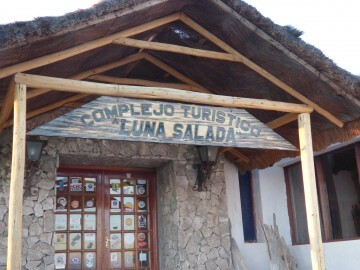
Fortunately, we only used one start for the first engine and then a cross-generator start for the second. The other airplanes on the journey also required the Start Pac and the machine delivered as expected.
Since we were going to be spending a week at above 10,000 feet, we carried handheld oxygen canisters that provided about 100 puffs of oxygen each. We all used them. They worked –– no headaches and no shortness of breath.
The hotel choice in Uyuni is pretty limited. We stayed at the Luna Salada. It’s about a three-star hotel built entirely with salt blocks; even the bottom of the bed is made the same way. The floor is salt, not even compacted, so it’s an interesting feeling when you walk barefoot. The restaurant served very decent meals. Basically it’s similar to a college dining room. But, overall, the shortcomings of the hotels in that part of the world are overshadowed by the beautiful sights, as you can see in the accompanying photos.
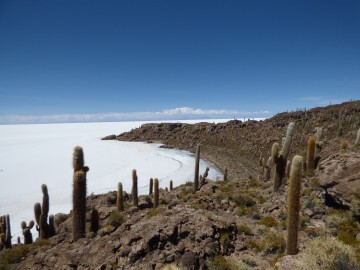
One of the things to do in Salar de Uyuni is to take a four-wheel-drive vehicle driven by a professional driver –– there are no rental cars available –– to take you across the salt lake to what they call islands. These basically are rock formations going through the salt, and one of them is home to numerous cacti. While you explore and climb to the top of it, remember you are at 13,000 feet MSL. It gives you the impression you are walking in the Rockies and overlooking a foggy valley.
On the way to Uyuni we stopped in Lake Titicaca with its famous floating islands and more than 700-mile shoreline. At 12,500 feet MSL it is the highest navigable lake in the world and is home to a particular type of people.
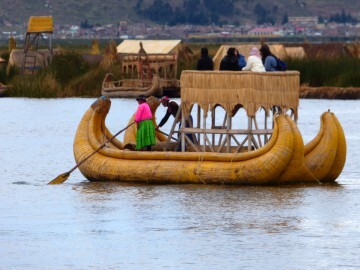
The group of about 40 floating islands, known as Uros, are made of floating reeds that abound in the shallows of the lake. It is amazing when you walk on them and visit the locals to think that you are on a floating island, and that floating island can sink –– and does after a little while.
The name Lake Titicaca comes from the words for Sacred Rock on the Island of the Sun. It used to be known as Isla del Sol and was a major pilgrimage destination in the Incan Empire; a lot of Inca sights remain.
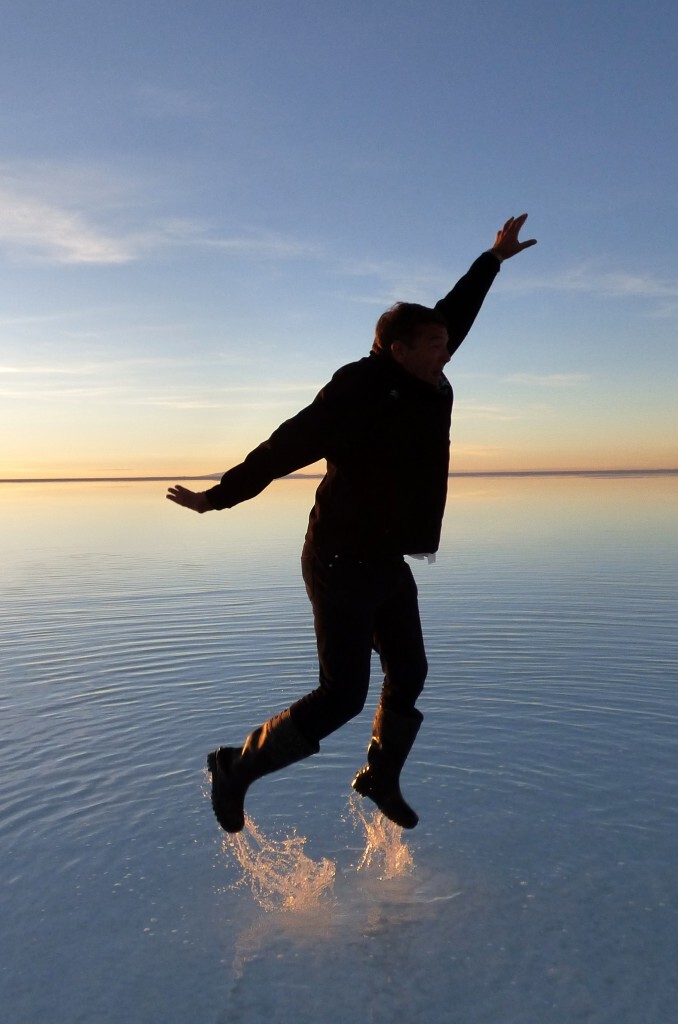
There are many islands and nice accommodations along the lake and many activities to be enjoyed, especially in walking and discovery. Take a cruise on the reed boat, which involves rowing since there are no engines allowed on the lake. Keep in mind that Lake Titicaca is bordered by two countries, Peru and Bolivia, and can be accessed from both.
Bottom line, of all the places I have seen in the world, I’m very happy to have been to Uyuni. Most likely I’ll be back for a longer stay at a place only a few people have seen. With the investment from the government of Bolivia in the runway and the promise of fuel and customs in the next few months, I expect to see one of the larger hotel chains build better accommodations.
Stay tuned for more stories.
